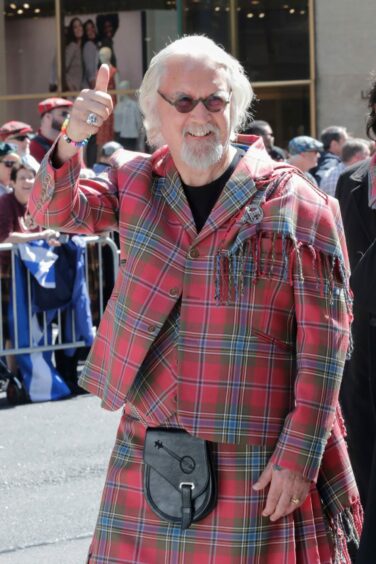Parkinson’s disease is a condition which sees parts of the brain become progressively damaged over many years.
Around 12,500 people have a diagnosis of Parkinson’s in Scotland and this works out at about one in every 375 adults.
Parkinson’s disease is the fastest growing neurological condition in the world.
But what causes it and what are the symptoms?
What causes Parkinson’s disease?
Parkinson’s disease is caused by a loss of nerve cells in the part of the brain called the substantia nigra.
These nerve cells produce a chemical called dopamine.
Dopamine acts as a messenger between the part of the brain and the nervous system which controls how the body moves.
If these nerve cells become damaged, dopamine is reduced.
This means the part of the brain controlling movement doesn’t work normally and this can cause movements to slow down.
We do not yet know exactly why people get Parkinson’s.
Researchers believe it’s a combination of genetic and environmental factors that cause the dopamine-producing nerve cells to die.
What are the symptoms?
The main symptoms of Parkinson’s disease are:
- involuntary shaking of particular parts of the body (tremor)
- slow movement
- stiff muscles.
Other symptoms can include:
- loss of sense of smell
- sleeping problems
- balance issues
- problems with memory
- depression/anxiety.
There is currently no definitive test for diagnosing Parkinson’s.
Who is affected?
Most people with Parkinson’s disease start to develop symptoms when they’re over the age of 50.
Although some people with the condition can first experience symptoms when they’re under 40.
Treatments for Parkinson’s disease
There is currently no cure for Parkinson’s disease.
However, there are treatments on offer to help reduce the main symptoms and maintain quality of life.
Sometimes treatment is not needed in the early stages of the disease as symptoms can be mild.
Treatments can include:
- medication
- physiotherapy and occupational therapy
- brain surgery (in some cases).
Where did the name originate?
In 1817 a detailed medical essay was published on the condition by a London doctor called James Parkinson.
Parkinson’s disease was named after him.
His essay was called An Essay on the Shaking Palsy and this recognised Parkinson’s disease as an established medical condition.
Celebrities who have Parkinson’s disease
There have been a number of famous people who have been diagnosed with Parkinson’s disease.
They include:
- Michael J Fox
- Sir Billy Connolly
- Neil Diamond
- Ozzy Osbourne
- Jeremy Paxman.













